Science World:
The Brainery
An app to encourage pre-teens to interact more deeply with science
Overview
Through this senior interaction design course, we partnered with Science World, a not-for-profit learning centre, to develop a design intervention after identifying a problem area within the context of COVID-19.
My Role: UX/UI Designer, User Researcher, Visual Designer, Client Liaison
Team Members: Aamir Ali, Jacqueline Chang, Nicole Woo
Tools: Figma, Adobe Illustrator, After Effects
Timeline: 3 months

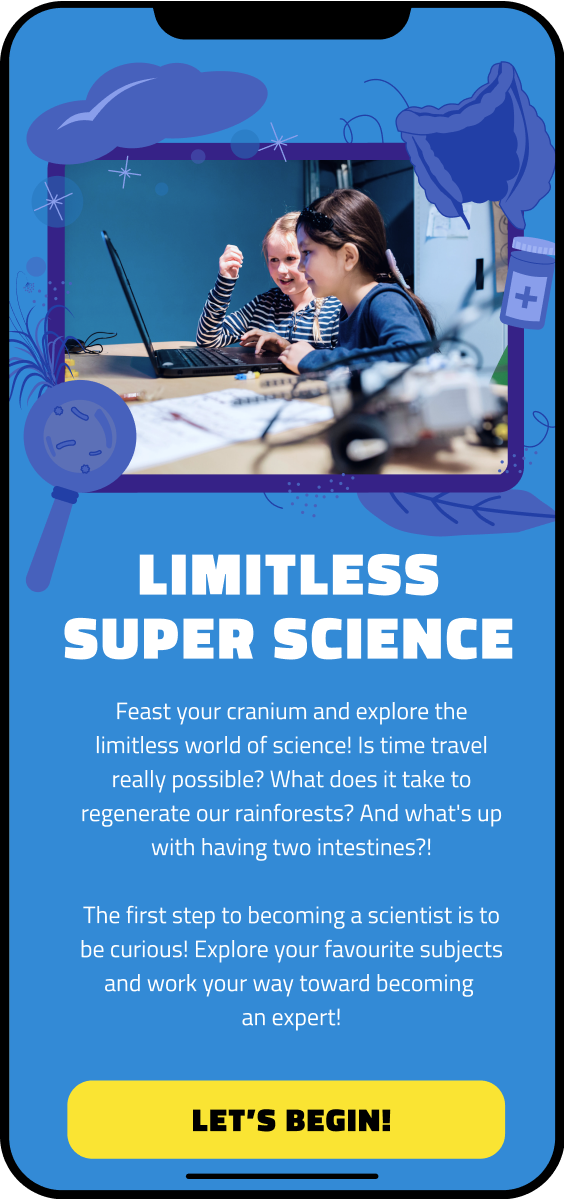
Project Scope
Challenge
Science World needed to reimagine their visitor experience during COVID-19. Their hands-on exhibits were limited by physical distancing, while pre-teen visitors sought more sophisticated ways to explore and learn.
Goal
To design an engaging digital solution that would enhance the pre-teen experience at Science World, encourage repeat visits, and create meaningful connections between physical exhibits and digital learning
Project Process
Meeting
our Client
At the project's outset, we conducted introductions, outlined our project's scope, clarified participation expectations. The initial interview aimed to uncover their vision, values, and challenges at the time.
The key issues noted were:
- Decreased foot traffic and revenue due to capacity restrictions
- Drastic decline in visitor interaction with physical exhibits
- Problems balancing capacity flow and exhibition experiences
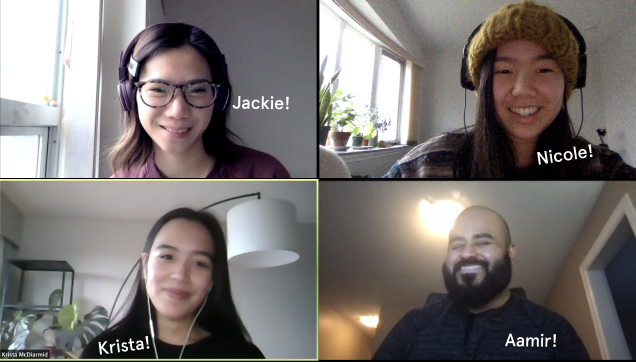
Research &
Discovery
Methodology
To gain deep insights into our audience, we implemented a diverse research strategy aimed at uncovering visitor profiles, pinpointing their core desires, and identifying the obstacles they encounter during their experience.

Qualitative Interviews
We conducted in-person interviews with Science World visitors. These conversations provided rich, personal insights into their experiences and expectations.
On-Site Observations
We collected on-site observation data, noting how visitors interacted with exhibits and moved through the spaces.
Internal Data Analysis
We analyzed visitor data provided by Science World, looking at trends in attendance, exhibit popularity, and demographic information.
External Data Analysis
We analyzed visitor data from online sources such as google reviews and reddit.
An Obstacle: Revisiting Initial Personas
Initially, we used three group personas to guide our ideation, but the concepts felt unfocused, as they tried to address both younger and older family members simultaneously. This broad approach diluted the unique needs of each group.
Recognizing this, we revisited our research and identified pre-teens as an underserved audience. This led us to create Riley: The Independent Pre-Teen, a persona that captured their desire for autonomy and interactive learning, allowing us to design a more targeted and impactful solution.
The Independent Pre-Teen
Riley loves visiting Science World but often finds themself bored sooner than they’d like.
They embody the curiosity, independence, and desire for deeper engagement that many pre-teens share.
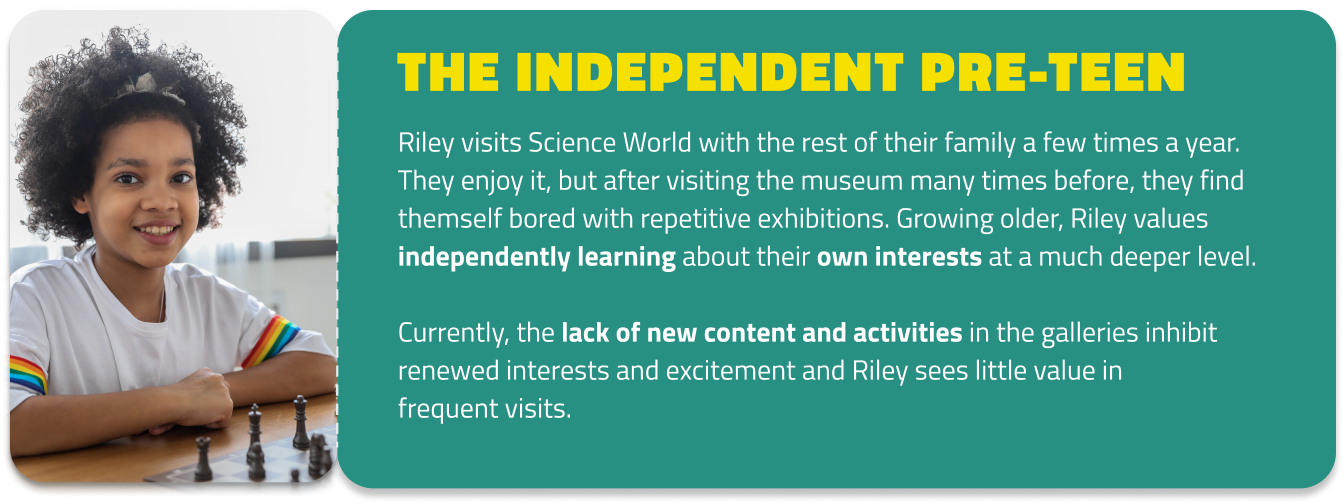
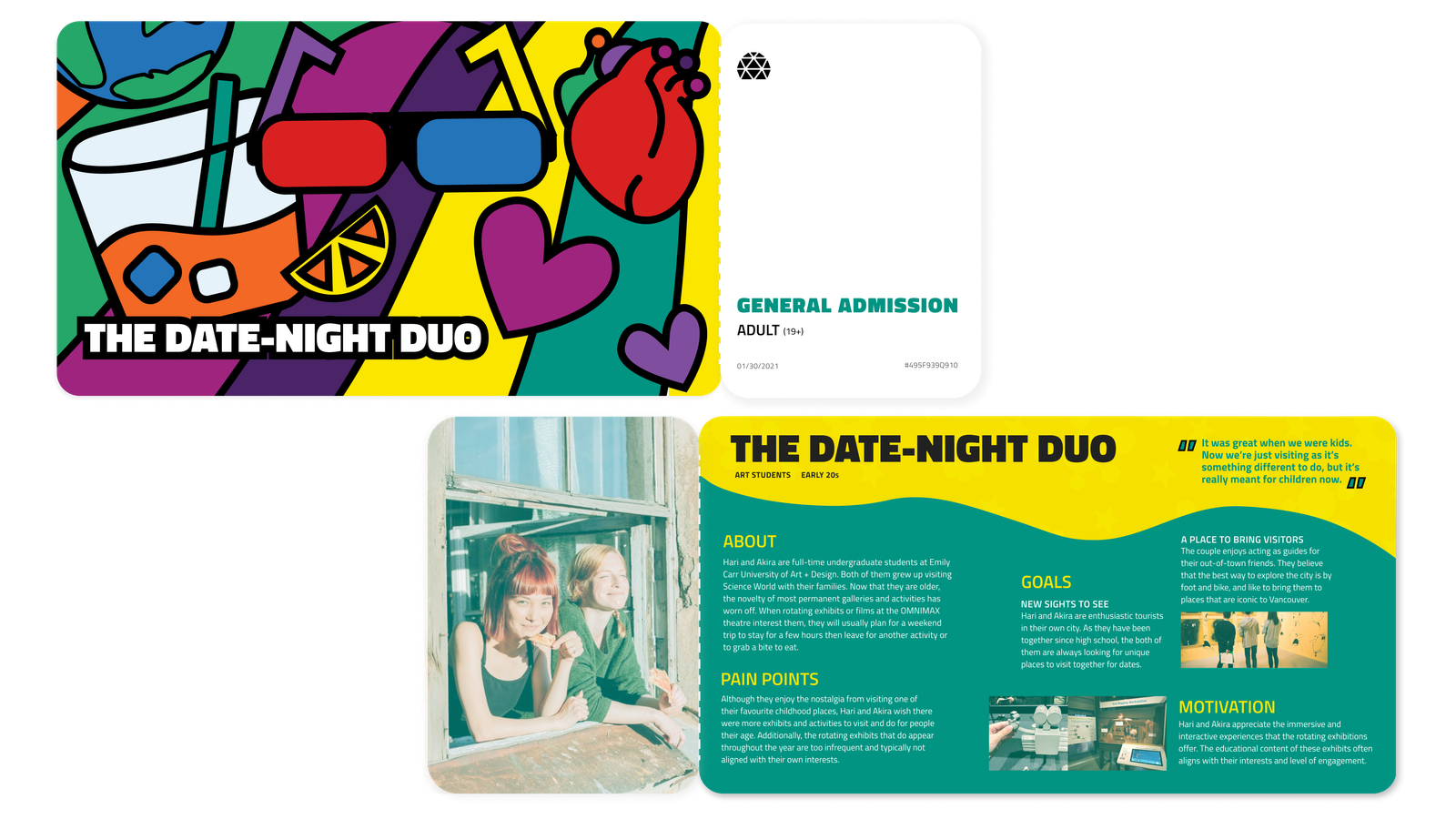
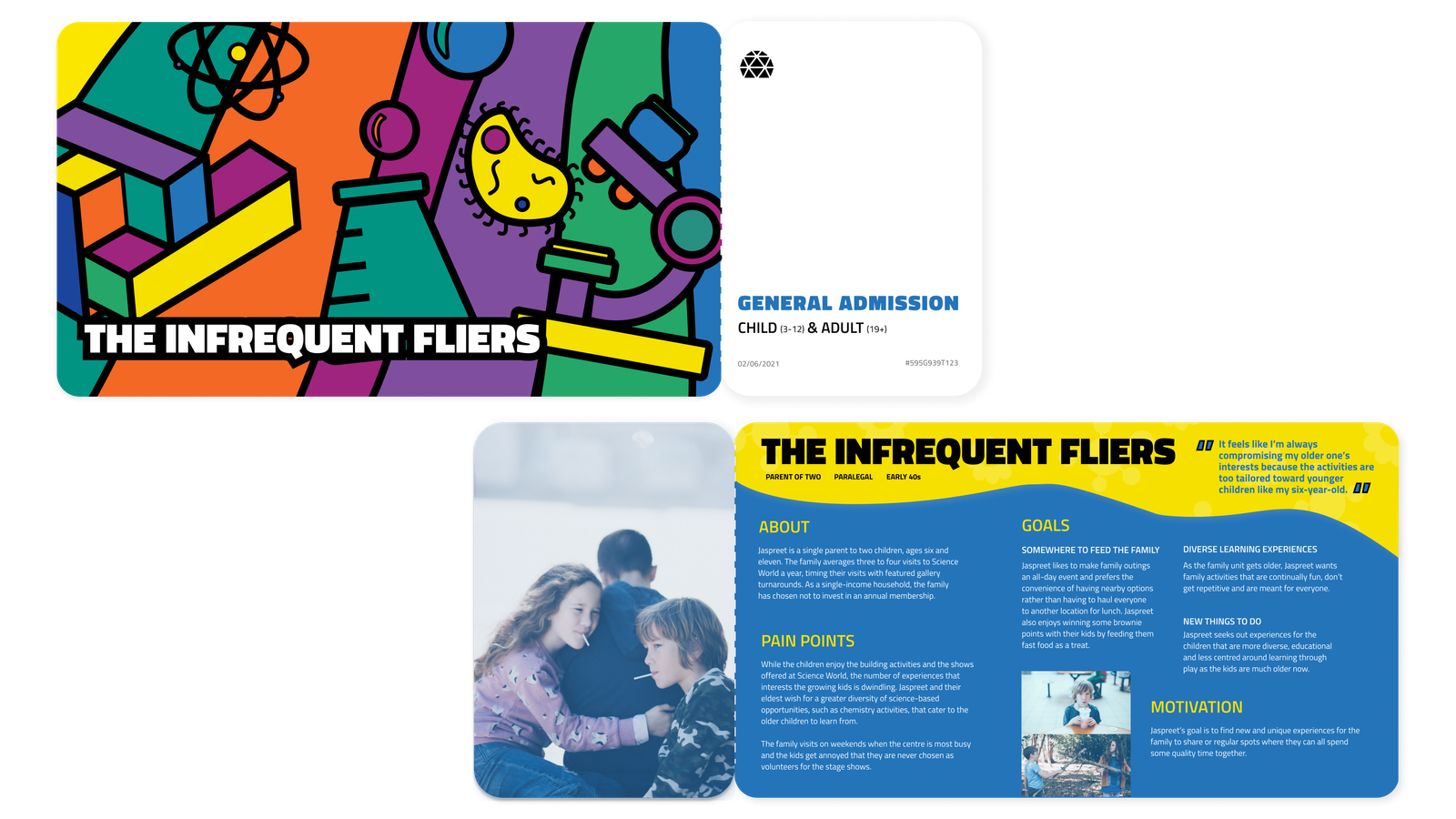
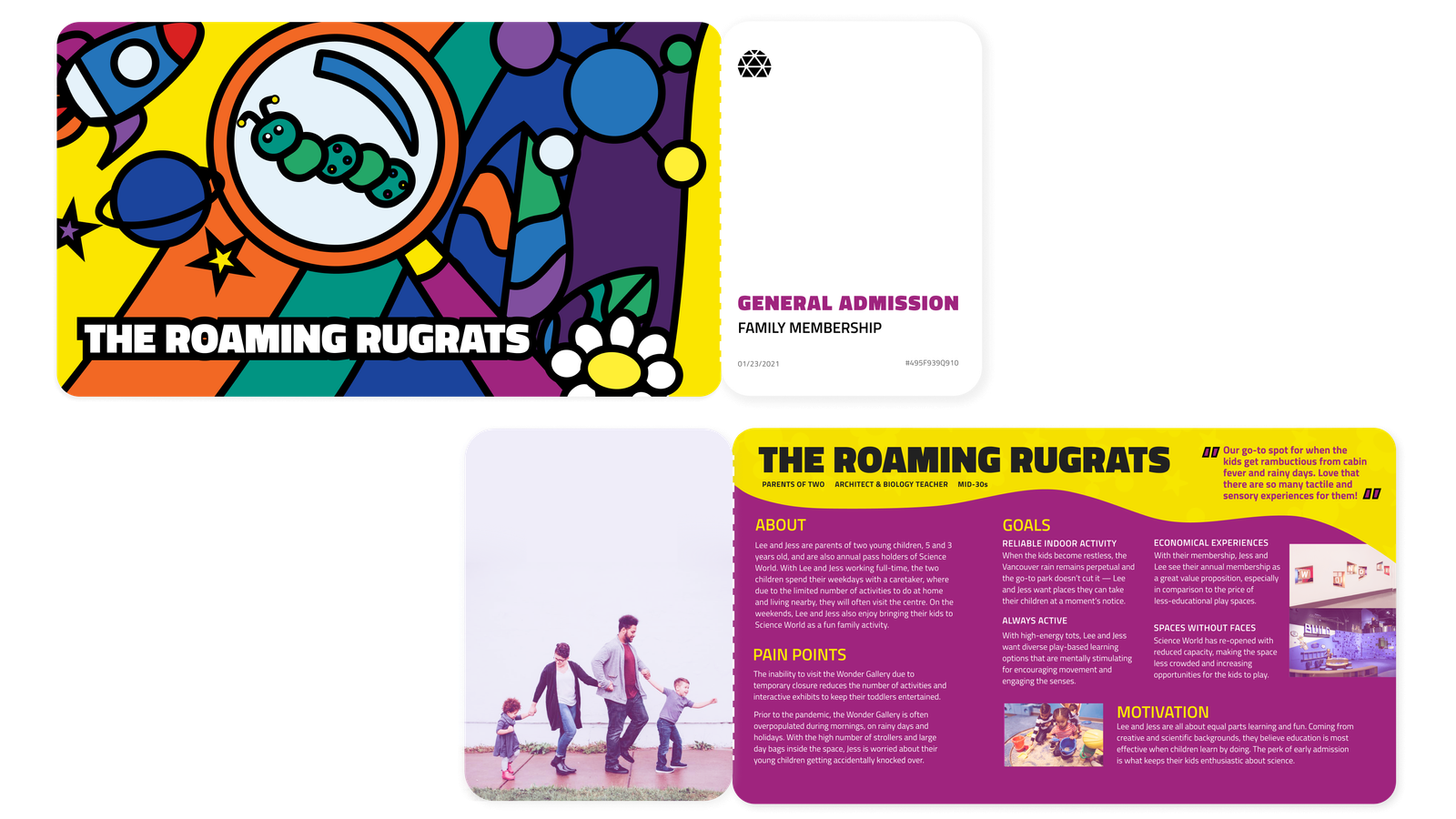
The Brainery: Key Features
Onboarding
As a major tourist destination serving Vancouver's multicultural community, language accessibility is crucial. Users start their journey by selecting their preferred language, ensuring the app is welcoming and usable for visitors from diverse backgrounds.
Once logged in, new users will be shown a guided introduction for how the app works. This interactive tutorial guides new users through the interface, demonstrating key features and navigation.
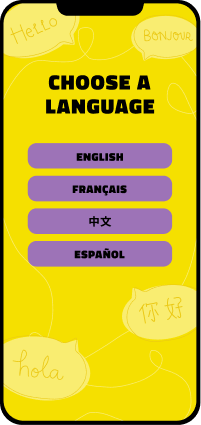

Exhibit Integration
The app seamlessly connects with Science World's physical exhibits through QR codes and augmented reality features. When visitors scan exhibit markers with their device, they unlock relevant digital content, challenges, and deeper scientific explanations that enhance their hands-on learning experience.

Gamified Learning
Students start with General Sciences before unlocking specialized scientific topics of their choice. Drawing inspiration from video game skill trees, lessons unlock sequentially as they make progress, naturally building momentum and curiosity about future content.
This gamified structure taps into the satisfaction of leveling up, motivating students to advance while sharing their growing expertise with peers.
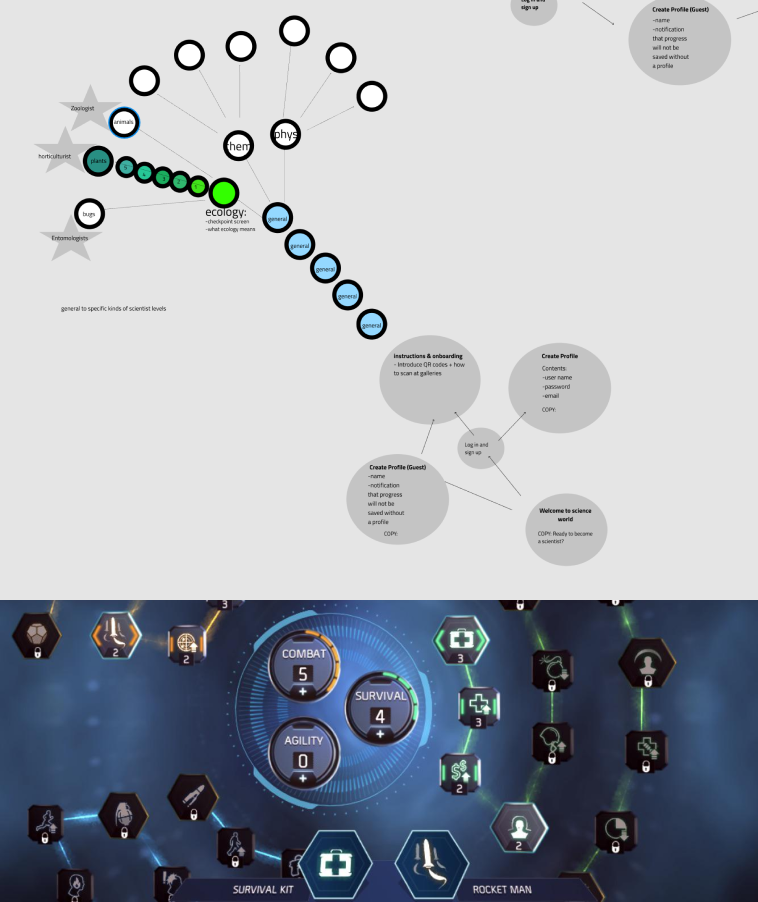
Visual Design
Using Science World's design language, we wanted our app to be fun, playful, and engaging. We used a mix of Science World’s assets along with many of our own to make interesting and topic-specific designs for each of the lesson cards.
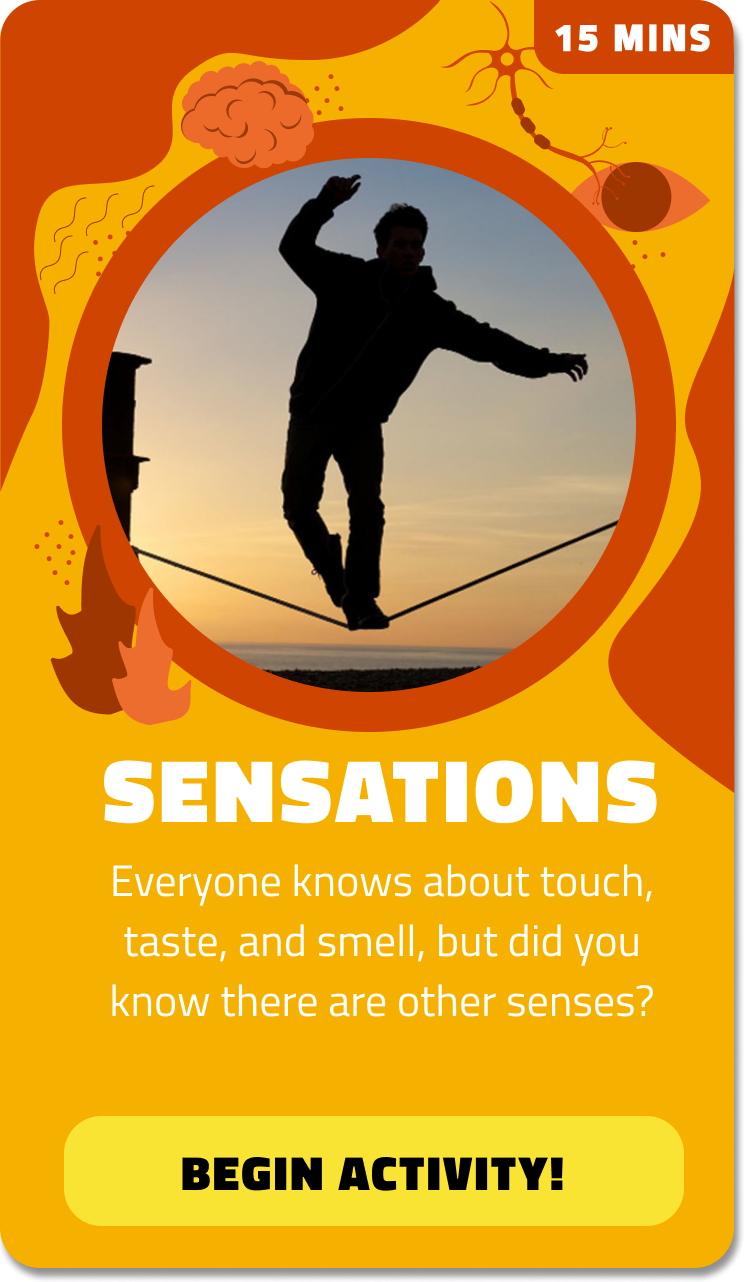
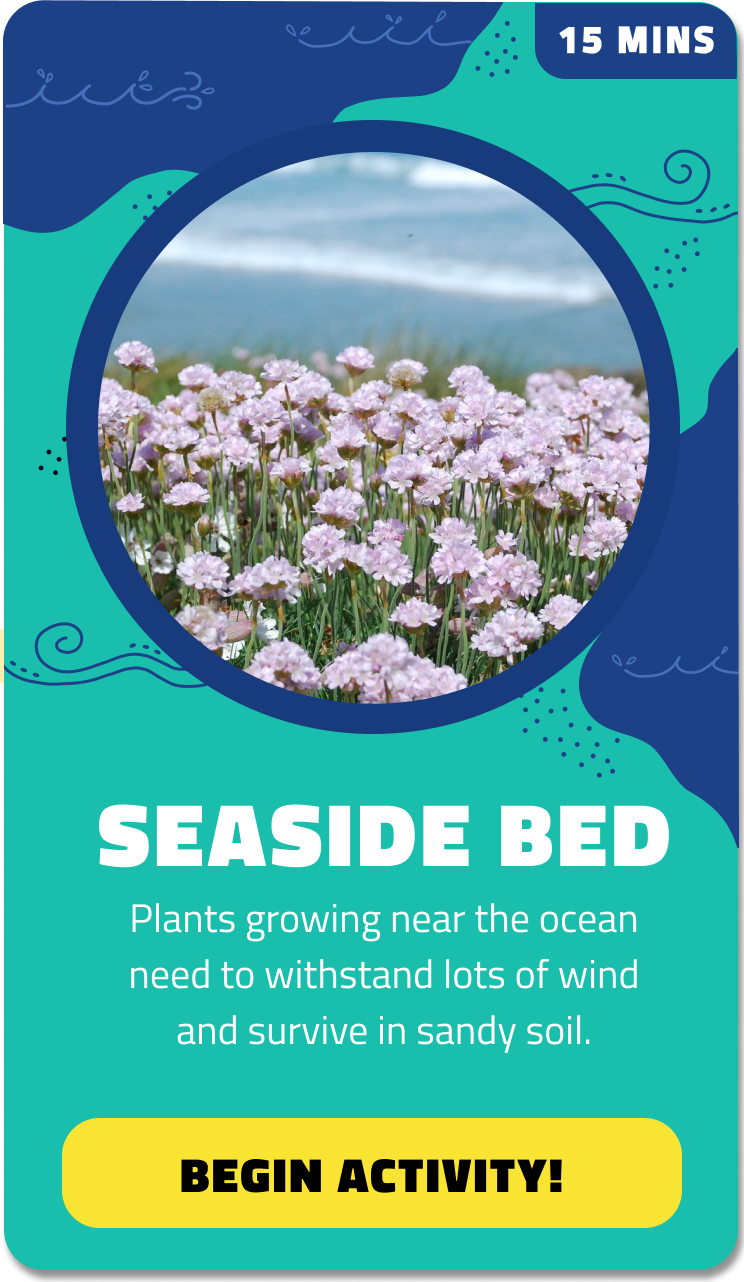
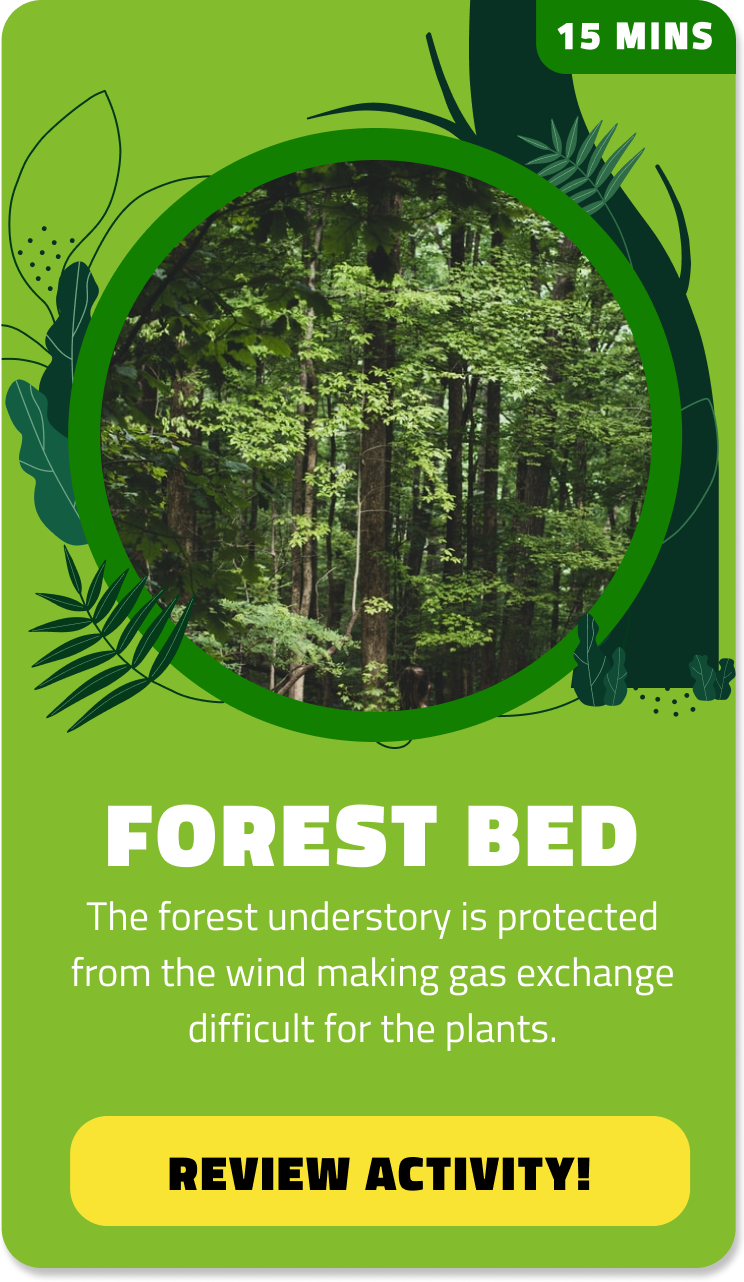
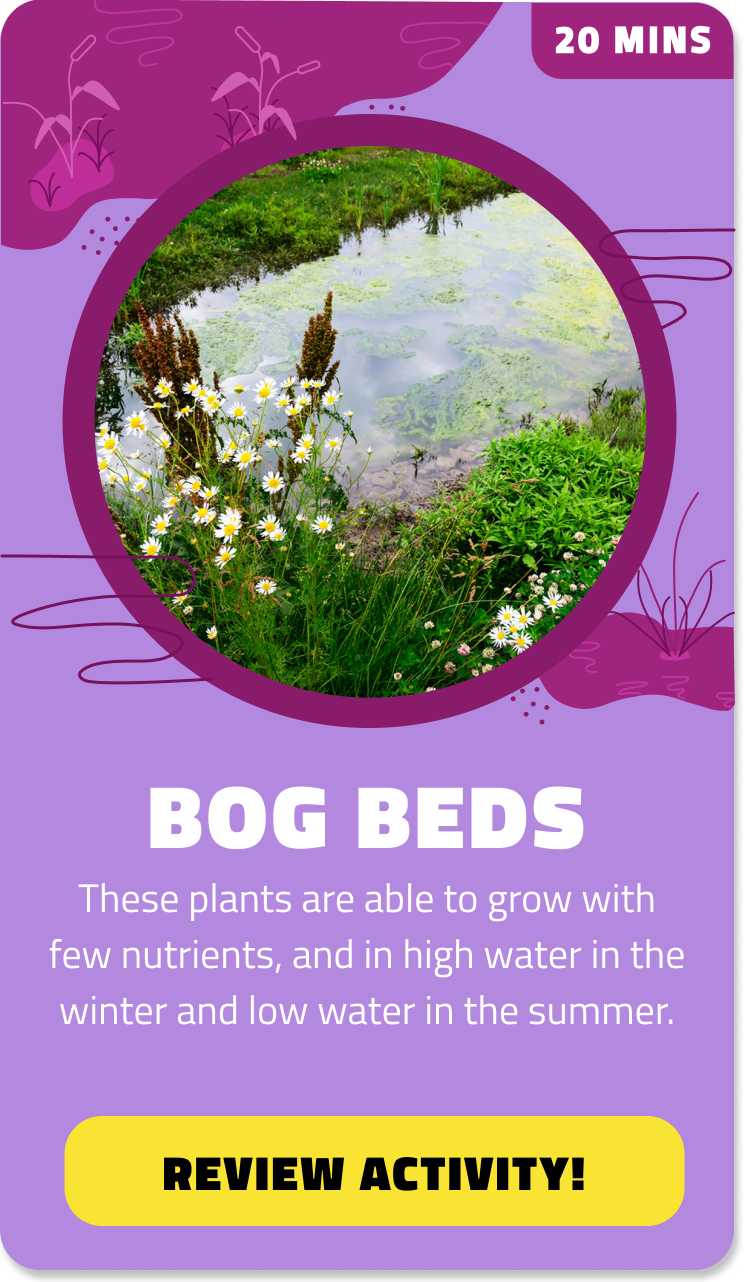
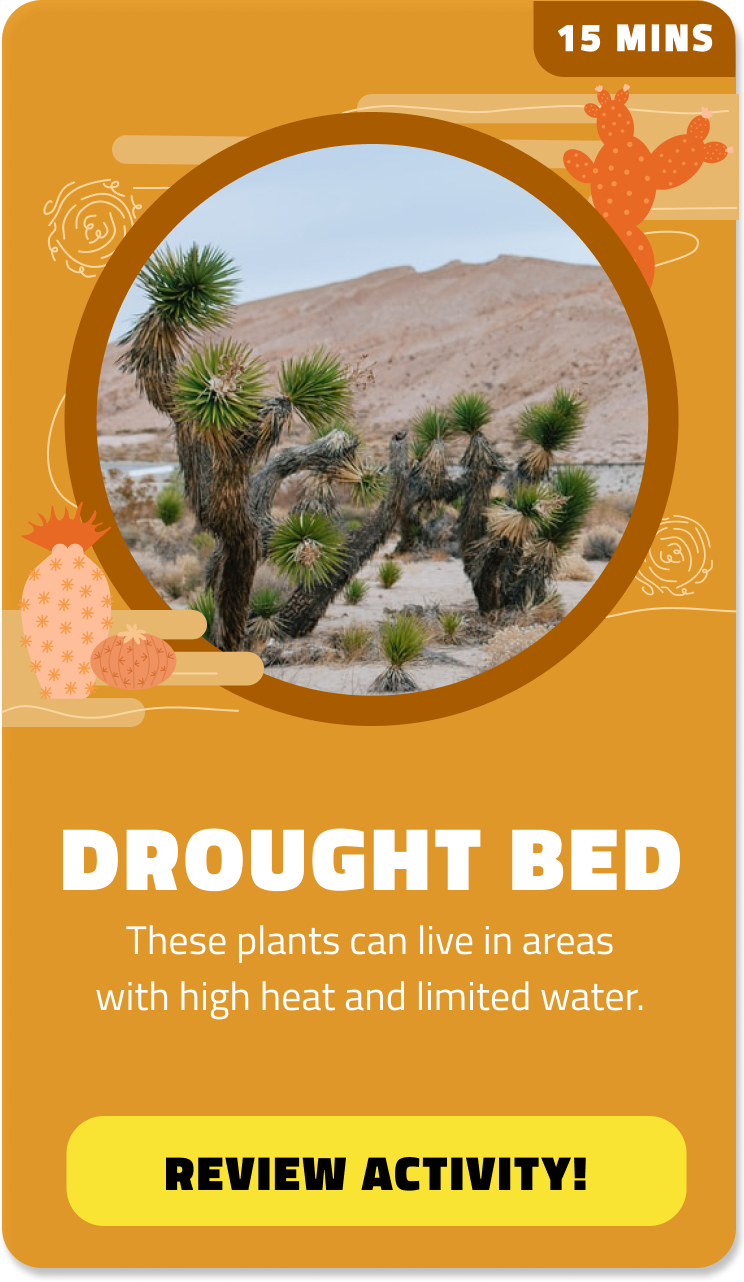
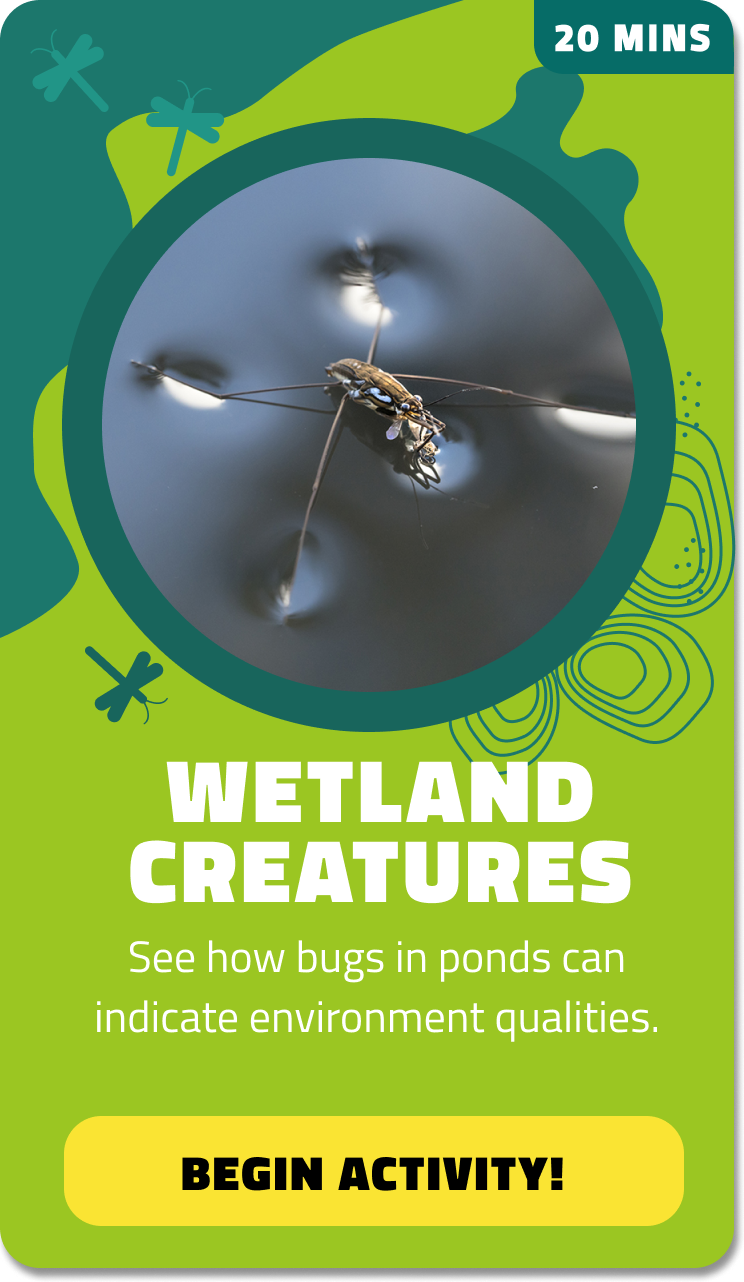
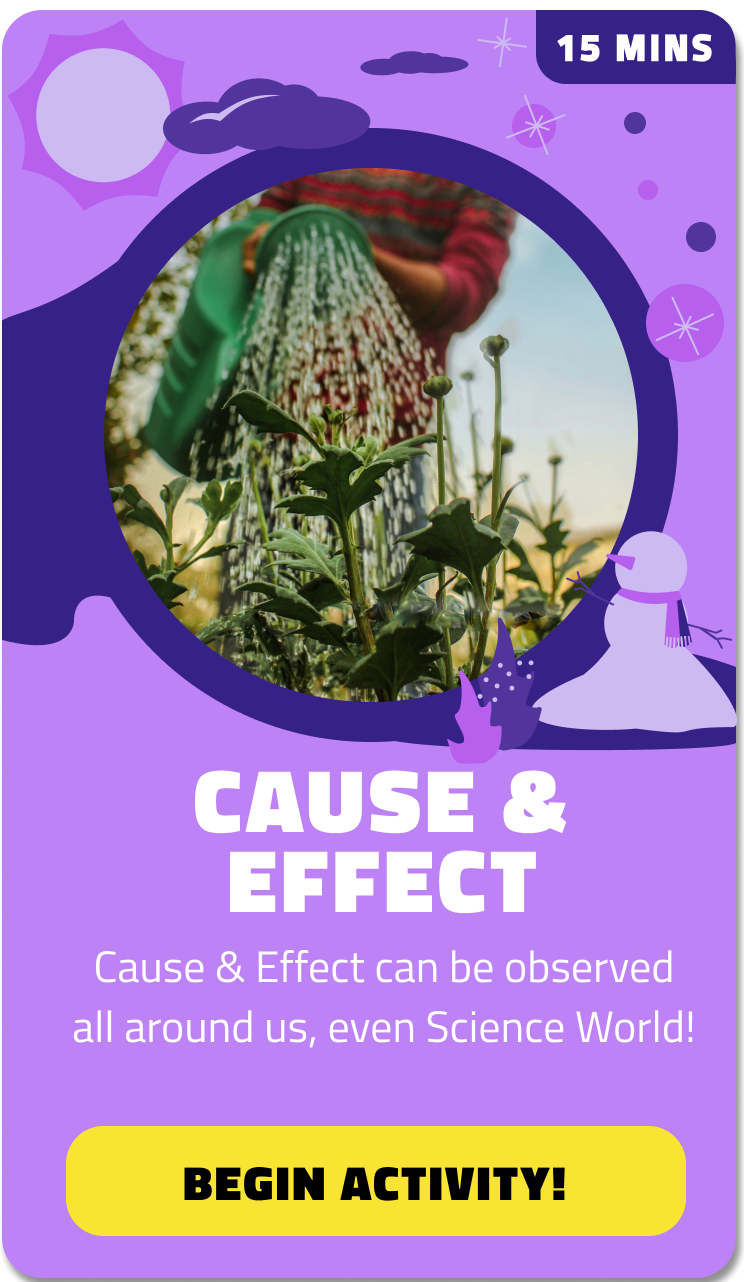
Final Deliverables
Interactive Prototype
Using Figma, we created a clickable prototype that demonstrated core functionalities of The Brainery. This allowed us to simulate the user experience and gather valuable feedback.

Presentation Deck and Product Demo
Finally, we developed a comprehensive presentation deck and product documentation to effectively communicate our concept and showcase our work - from beginning to end- to stakeholders, ensuring they had a clear understanding of our vision.

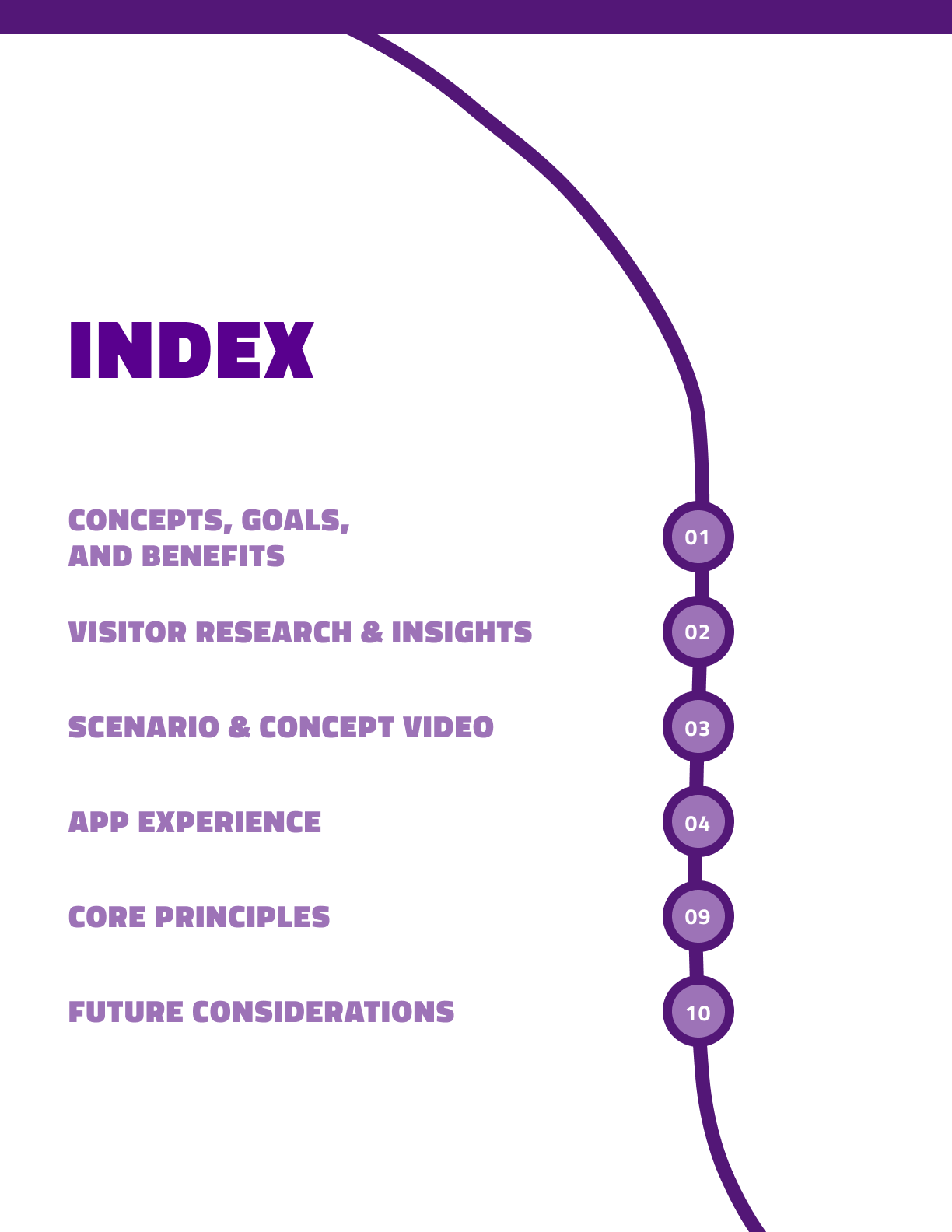
Outcomes and Lessons Learned
Stakeholder Response
While The Brainery remained a concept, Science World expressed enthusiasm for its potential to revitalize engagement with the pre-teen demographic. They particularly appreciated how the solution addressed both immediate pandemic-related challenges and long-term engagement goals.
Reflection
Through this project, I deepened my skills in user research, concept development, and stakeholder collaboration. I discovered my strength in creating digital experiences that complement physical spaces, while learning to design for a specific age group with unique needs. Most importantly, I found my sweet spot in crafting solutions that make complex topics feel engaging and accessible – a skill I'm excited to bring to future challenges.
Key Learnings

The Power of Thorough Research
Our in-depth user research was crucial in uncovering the nuanced needs of pre-teens, leading to a more targeted and effective solution.

Balancing Stakeholder and User Needs
We learned to navigate the complex task of meeting Science World's organizational goals while staying true to our users' needs and preferences.

Adapting to Constraints
The pandemic forced us to get creative with our research and testing methodologies, teaching us valuable lessons in flexibility and problem-solving.

The Importance of Iteration
Our willingness to continually refine our concept based on feedback led to a stronger final product.